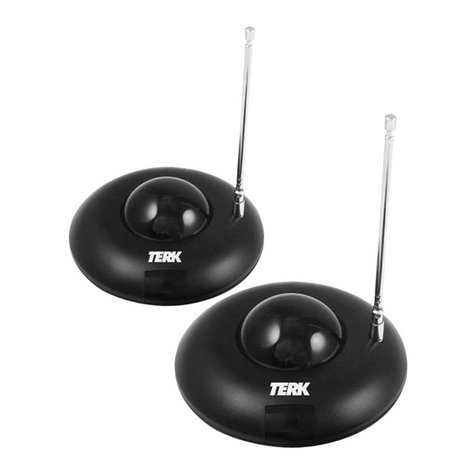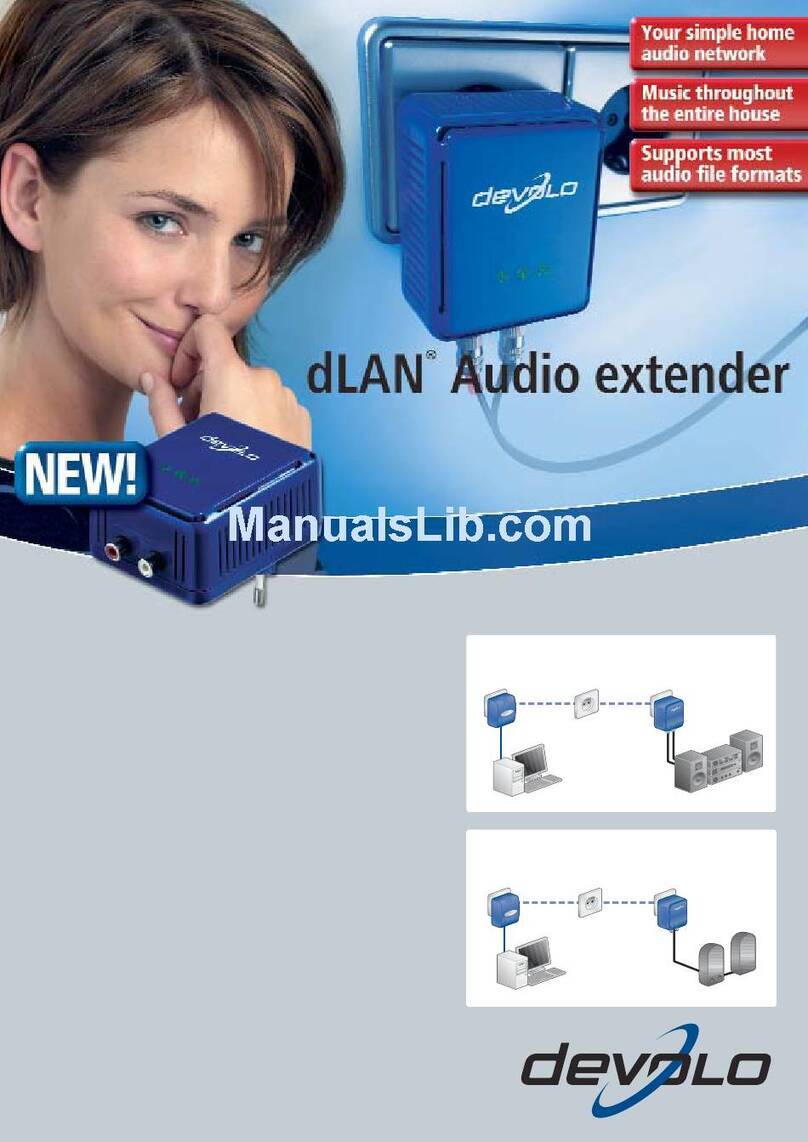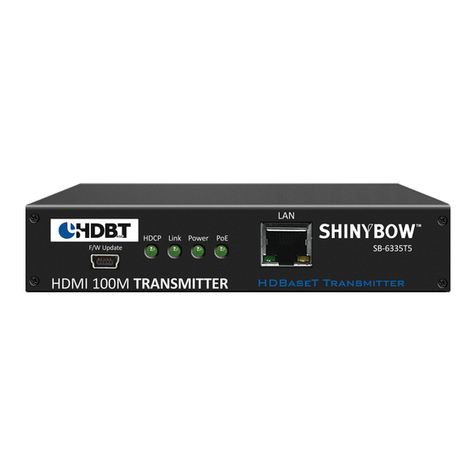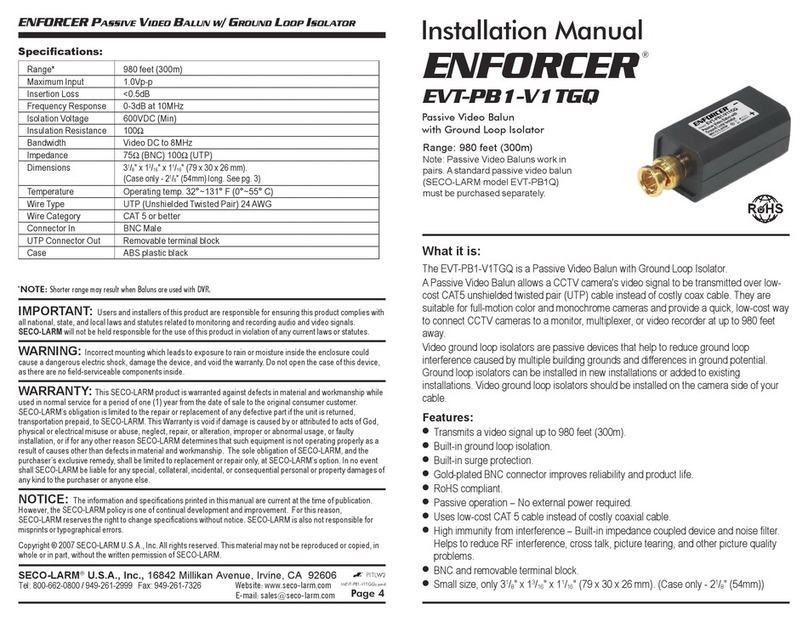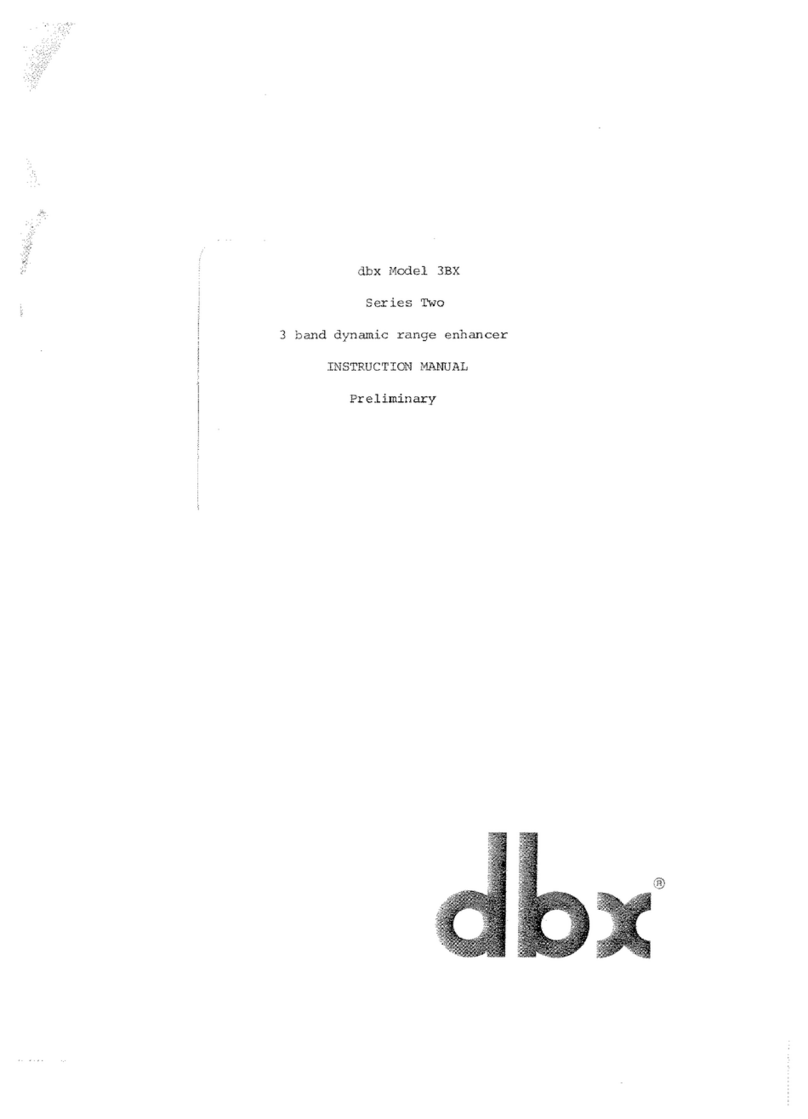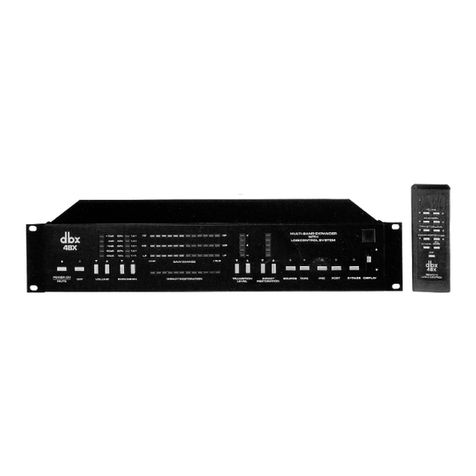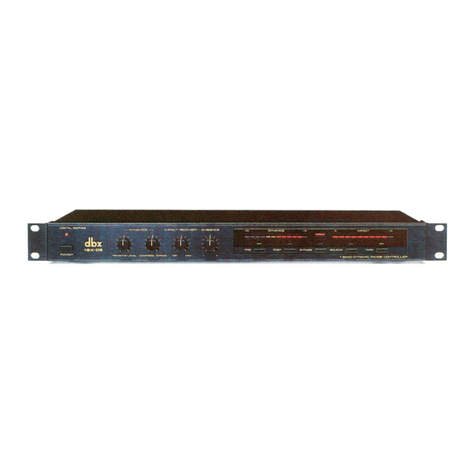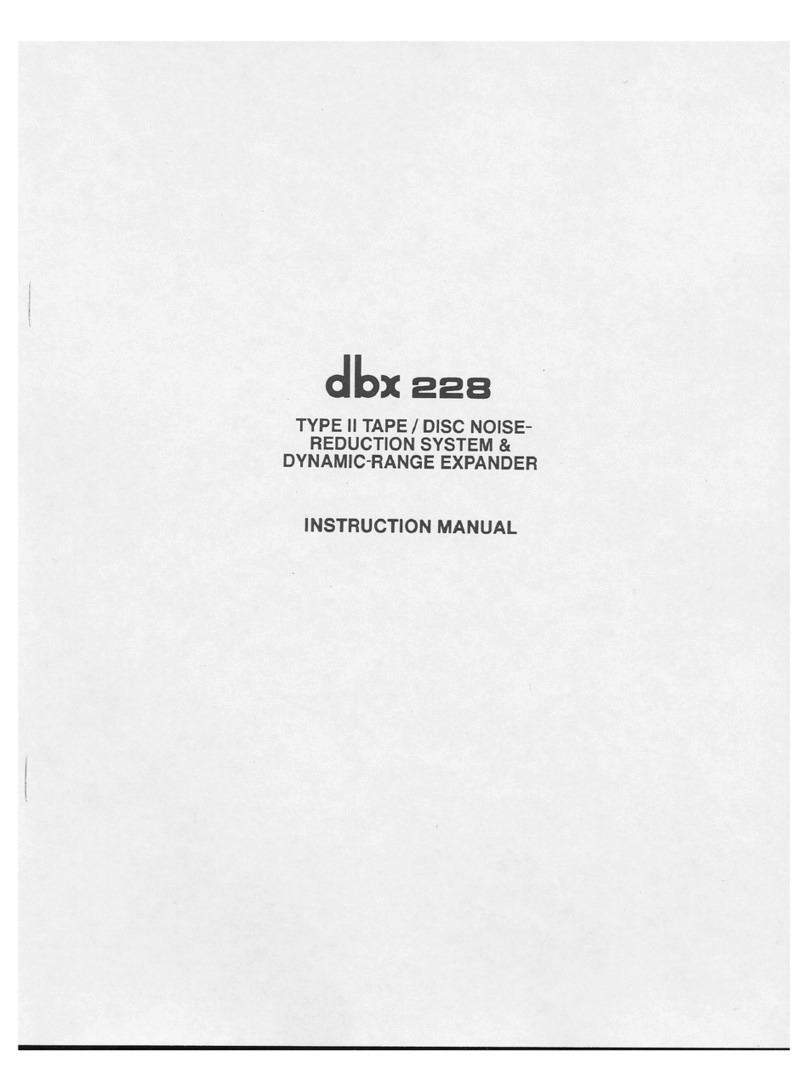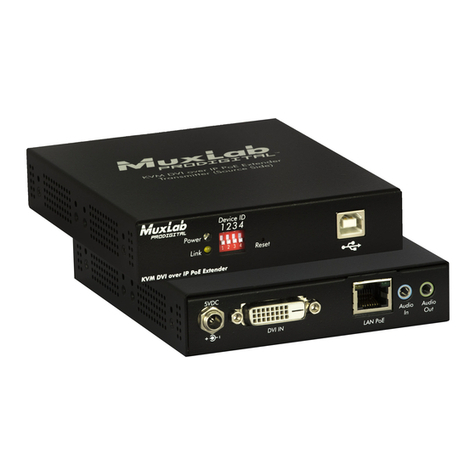(An exception would be for very highly compressed
programs, where expansion prior to recording adds only a
modest margin to the dynamic range.) To avoid these
problems, dbx recommends the use of adbx tape noise
reduction system when expanding before recording
(see next page for how to connect your system).
1. With your amplifier's master volume control and your
recorder's input level controls all the way down, set your
recorder to the "record ready" (RECORD and PAUSE).
2. Select the desired source on your amplifier's
selector switch.
3. Place the 2BX in SOURCE and PRE mode (SOURCE
and PRE buttons IN).
4. Play the source (start the phonograph disc or listen to
the FM station you will be recording). Set the TRANSI-
TION LEVEL control so that the red L.E.D. GAIN
CHANGE indicators glow on loud passages, and the yellow
L.E.D. GAIN CHANGE indicators glow on quiet passages.
Set the EXPANSION control for the desired amount of
expansion. If you're not sure where to set the EXPAN-
SION CONTROL, start at alow setting, and move it higher
until it sounds extreme, then move the control back until
the sound is natural again.
5. Bring up the amplifier's master volume control to the
desired listening level.
6. Now adjust the input level controls on your tape
recorder for normal VU meter readings. You may find that
slightly lower record levels are necessary when recording
an expanded program in order to avoid tape saturation.
7. Restart the program and record it normally.
If your tape recorder has tape monitoring provisions
(a three-head machine), and you wish to monitor the
recording as it is being made, place the 2BX in TAPE
mode (TAPE button IN). This Monitors the signal coming
from the tape recorder's outputs without changing the
expander's input to the tape recorder.
SIMPLE PRECAUTIONS WHEN USING ANY
PROGRAM EXPANDER
The 2BX (or any expander) places greater demands,on
your power amplifier and speakers. Whether or not agiven
amplifier is of adequate power rating is not always easy to
determine; it depends partially on the sensitivity of the
speakers, and partially on the distortion characteristics of
the amplifier.
Set for 1:1.5 expansion, the 2BX will expand agood
60dB classical recording to about 90dB of dynamic range.
Full realization of the benefit of this dynamic range
requires both ahefty power amplifier and speakers that
can take the high power. If you have such equipment, the
results will be breathtaking. Fortunately, such components
are not mandatory for full enjoyment of the 2BX.
The most important point is this: if the speakers and
amplifier cannot handle wide dynamic range, and if the
expander "tries" to drive them to awide dynamic range,
excessive clipping distortion (overdrive) may occur. To
avoid this unpleasant effect, use good speakers and areason-
ably large amplifier. If distortion still occurs, it will probably
be noticed only with programs that have agood dynamic
range to begin with, and which do not need expansion to
much greater dynamics. In such cases, areduction in the
transition level and the expansion ratio setting will avoid
distortion. Agood expander is apowerful tool, and, as
with any powerful tool, it can be used to excess. Used
properly, the expander can turn an old record collection
into atreasure of new listening enjoyment, and it can turn
aboring selection of compressed and limited FM broad-
casts into an exciting new source of listening pleasure.

